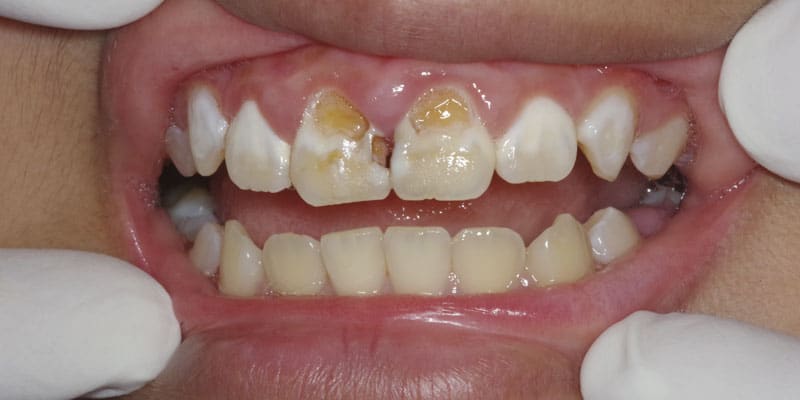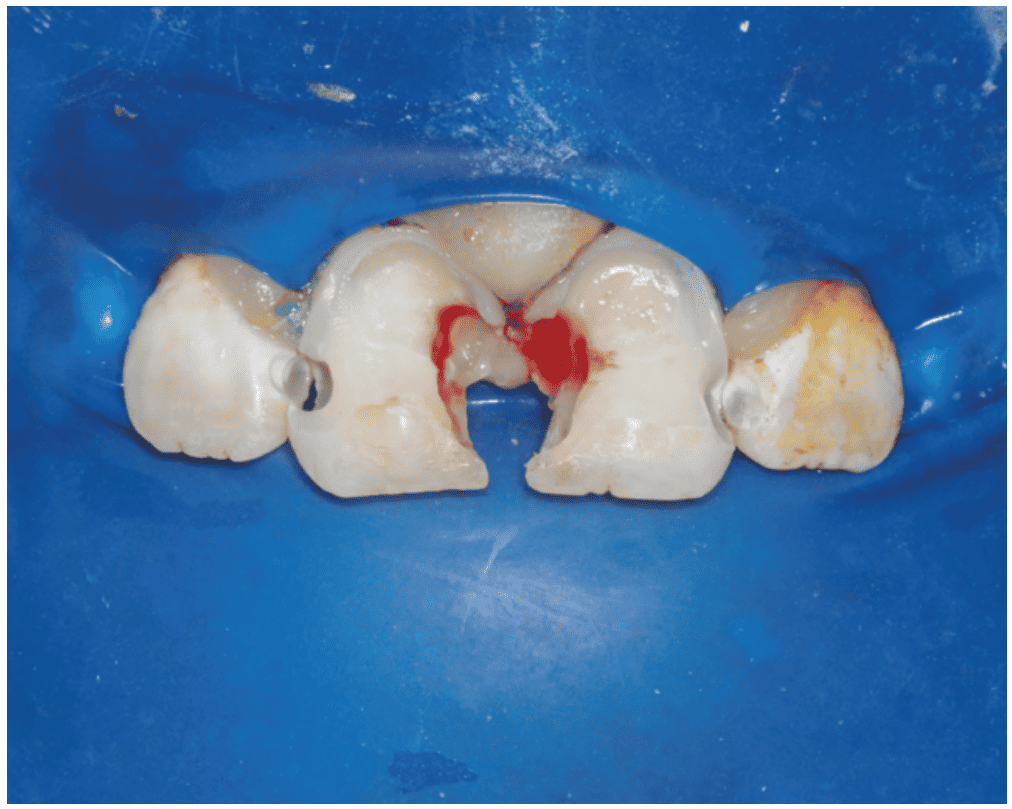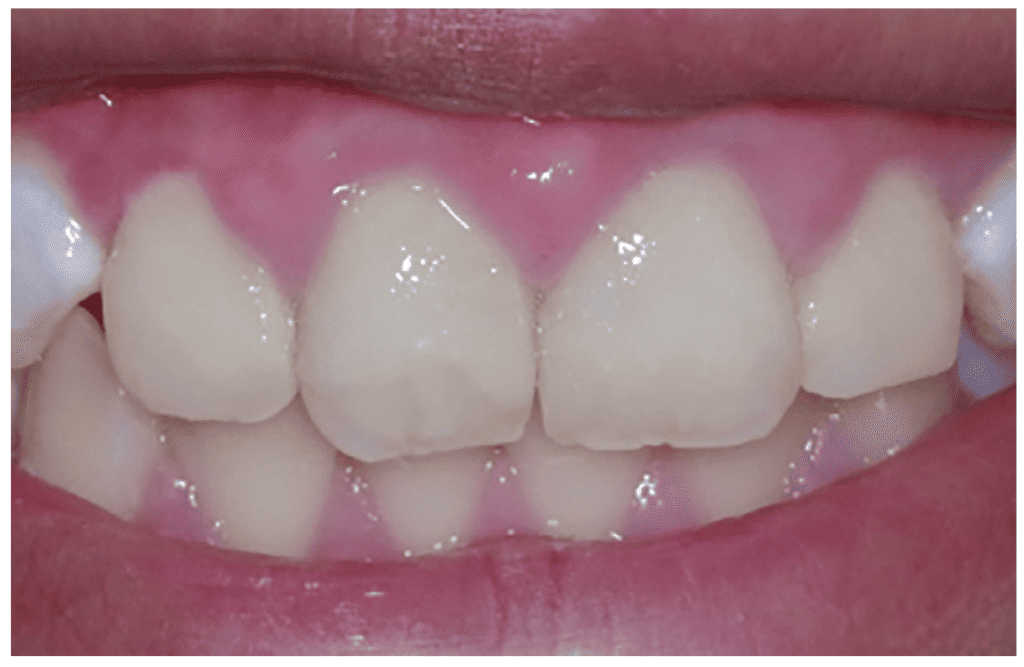“Smart” restorative materials in dentistry
Fred Berk, president of Pulpdent Corporation, explains the new products that support the natural remineralization process and lead to better dental care for patients.

Fred Berk discusses materials that behave more dynamically
In his visionary article “Smart Materials in Dentistry,” Professor John McCabe teaches that most traditional dental materials are hydrophobic and are designed to have a relatively “neutral” existence in the mouth. It is considered that if they are “passive” and do not react with the oral environment, they will be more stable, have greater durability, and cause neither harm nor injury. McCabe says this is an entirely negative approach and hides the possibility that positive gains can be achieved by using active (“smart”) materials that behave in a more dynamic fashion.

It is a fundamental principle of science that biochemistry only occurs in the presence of water, and only materials that have the capacity to transport water have the potential for dynamic behavior. Only moisture-friendly materials can release and recharge significant amounts of calcium, phosphate, and fluoride to support apatite formation and the natural remineralization process. Traditional dental composites are hydrophobic and do not have this capacity.
Resins that stimulate remineralization of damaged tooth structure represent both the holy grail and the future of dental restorative materials. Pulpdent’s development of the phosphate-rich, hydrophilic Embrace™ WetBond™ resin chemistry was the innovation that allowed for the development of dynamic esthetic composites. In addition, Pulpdent® overcame the brittleness of traditional composites by synthesizing a patented elastomeric resin molecule that provides fracture resistance to the cured resin.

In 2013, Pulpdent added glass ionomer to these novel chemistries and introduced ACTIVA™ BioACTIVE materials. This was a breakthrough that launched a new category of esthetic bioactive materials and a new conversation about the possibilities for “smart,” esthetic, restorative materials for dentistry. Pediatric dentists were among the early adopters of ACTIVA because they understood the need for restorative materials that helped developing teeth.
A true glass ionomer reaction requires a two-part material, and the next challenge was to create a one-part light-cure bioactive material. Pulpdent synthesized and patented a novel methacrylate-functionalized calcium phosphate molecule with highly-active remineralization properties. This is known as Crysta MCP technology and can be added to light-cure or dual-cure materials. Crysta has been incorporated in Pulpdent’s ACTIVA™ Presto stackable low-flow composite and Lime-Lite™ Enhanced light-cure cavity liner.
These “smart” materials play a dynamic role in the mouth and meet the challenge for moisture-friendly resin-based materials that are suitable for esthetic, durable, load-bearing applications.

Pulpdent is also applying these novel chemistries to other materials. Progress is being made for bonding agents with mineralization potential and antibacterial properties that discourage MMPs and extend the life expectancy of composite restorations, bioactive CAD/CAM blocks, resorbable bone cements that stimulate remineralization and are replaced by natural hard tissue, orthodontic adhesives, packable composites, pulp capping agents, and other applications.
These innovations transition dentistry from a passive, reactive repair model intended to do no harm to an active approach using dynamic materials that support the natural remineralization process and preventive dental care that is better for our patients.
This article was provided by Pulpdent®.
Fred Berk is President of Pulpdent Corporation. Pulpdent is a family-owned dental research and manufacturing company founded by Dr. Harold Berk in 1947. It is located in Watertown, Massachusetts.
Read a case where an endodontist used a Pulpdent product along with others for a successful outcome in our sister publication, Endodontic Practice US. https://endopracticeus.com/retreatment-with-gentlewave-of-teeth-that-did-not-respond-to-traditional-multi-visit-treatment-a-case-series-of-five-patients/
